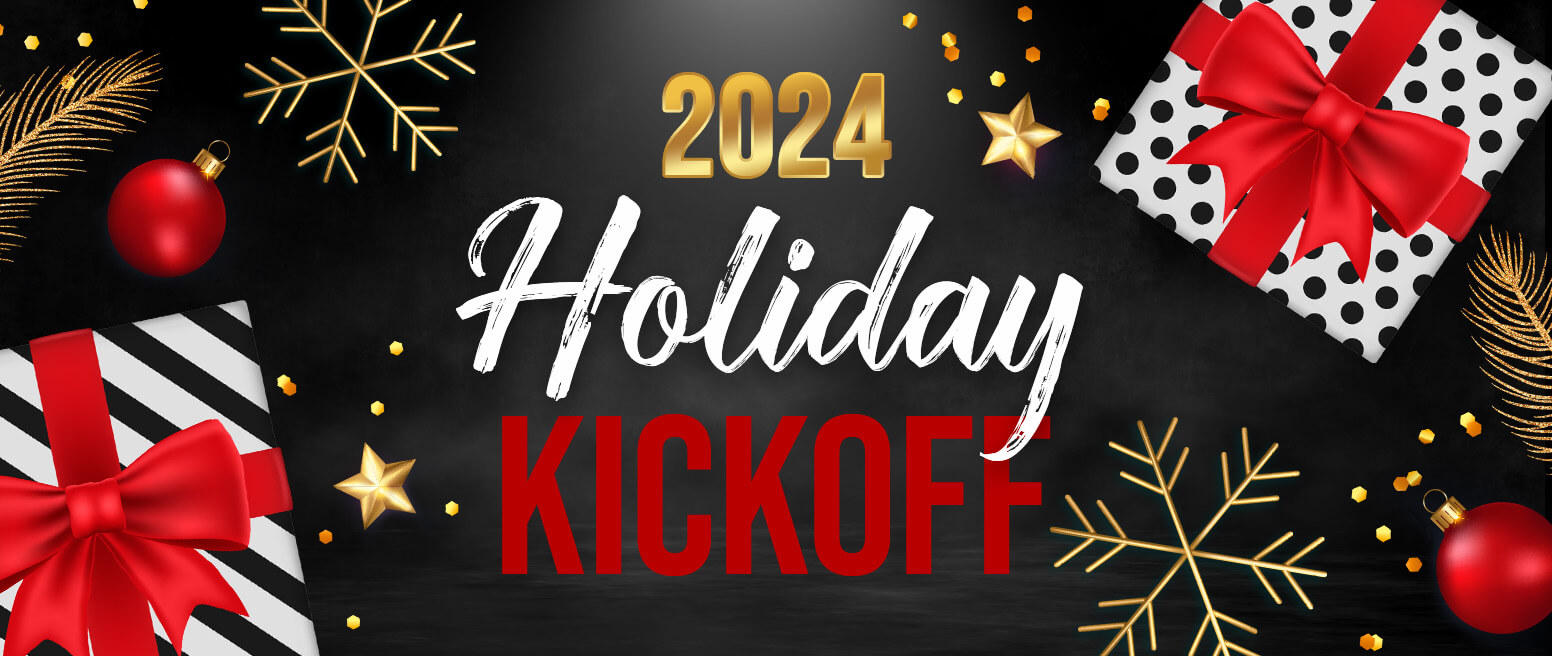Dropshipping Made Easy: The eCommerce Merchant’s Guide
Having the right amount of the right merchandise at the right time is an ongoing gamble.
Inventory management involves interpreting the future market demand and balancing that against what you can afford to buy, and what you have room to warehouse. Order too much of an item that doesn’t sell and it will take up shelf space for months before finally being sold at a loss. Order too little of a popular product, though, and a would-be buyer will simply go to a competitor.
One simple practice — dropshipping — can clear up all these problems.
Not having to deal with inventory or physical space in advance means dropshipping businesses can launch and operate with less capital required. And, since many merchants would prefer to not deal with inventory at all, it’s easy to see the appeal. But what does dropshipping entail? How do you get started with building your own business? Let’s get into it.
Recommended reading
- Card-Not-Present Transactions: Know the Risks & Rewards
- Top 15 Customer Returns Reasons in 2025 & How to Avoid Them
- Online Shopping vs In-Store Shopping: the Future of Retail?
- eCommerce Personalization: Essential Strategies for 2025
- They’re Here — Cyber Week 2024 Stats & Analysis!
- What is a Return Customer Rate? How to Calculate Your RCR
What is eCommerce Dropshipping?
- Dropshipping
Dropshipping is a retail business model where the merchant runs an online store, then sends orders to a vendor or manufacturer, which ships directly to the buyer. The merchant is not required to buy, receive, store, or ship goods they sell. These operations are outsourced to a third-party vendor, while the merchant effectively operates as a middleman.
[noun]/dräp • SHip • iNG/Having the right amount of the right merchandise at the right time is an ongoing gamble. It’s a particular struggle for smaller or niche businesses.
Order too much of an item that doesn’t sell, and it will either take up shelf space for months or get sold at a loss. Too little of a popular product, on the other hand, could make would-be buyers turn to a competitor.
Dropshipping (sometimes written as drop-shipping) is a “hands-off” fulfillment model. It lets you outsource inventory, fulfillment, and shipping to a third party. Instead of purchasing and maintaining inventory, your only concern is running the store. Order receipts are forwarded to the supplier, which arranges for the order to be shipped directly to the customer. It's closely related to connective eCommerce, which involves dropshipping as a core of the model.
Dropshipping can be a viable and lucrative business model. According to the latest data, the global dropshipping market was estimated to reach nearly $200 billion in 2022. That’s an astonishing 23.7% year-over-year increase from 2021. Roughly 23% of all online sales completed this year will be fulfilled through dropshipping.
Yes. Merchants have the option of skipping the middleman and sending orders directly to the manufacturer itself. This can be more cost-effective, but it requires more work from the merchant. Also, note that some manufacturers will only contract with distributors.
How Does Dropshipping Work?
Dropshipping logistics will depend on the distributor agreement, but most follow the same general process:
In the example above, the difference between the retail price of the goods and wholesale price (minus any overhead costs) is the dropshipper’s profit.

Why Use Dropshipping?
The beauty of a dropshipping model is that it can be used by almost any type of online store. Small niche sellers and multi-million dollar brands alike can engage in the practice. The real question you need to ask: is dropshipping the right move for me?
Drop-ship fulfillment requires minimal retail knowledge to start selling. With no need to handle the day-to-day inventory and fulfillment duties, you can devote more bandwidth to focus on growing your businesses.
That’s the most obvious benefit, but there are other perks to consider as well:
Are There Any Downsides to Dropshipping?
Less work, less hassle, lower startup, and fewer ongoing expenses: dropshipping sounds great so far.
Of course, no business model is perfect. As we mentioned, there are a few distinct disadvantages to this method. You need to fully understand the ramifications before jumping in:
Let’s say something goes wrong with a purchase. Maybe your supplier ships the wrong item to a buyer, or an item is broken or defective when the buyer receives it. The buyer won’t really care whose at fault: they’ll still hold you responsible. If you can’t provide a resolution that satisfies the customer, they’re likely to file a chargeback.

Questions to Ask Before Getting Started
Before you jump into a dropshipping model, it makes sense to draw a blueprint on how things will work. Here are some of the questions you need to map out first before you can launch:
What Products Should I Sell?
One way to set your business apart from competitors is to specialize in harder-to-find products. Do a little research before making your decision; what you feel is a niche market may actually be more saturated than you realize.
How Should I Set Up My Store?
A supplier may help you deliver products… but you’ll need to sell them first. Several brands such as Magento and Shopify offer ready-made webstore templates, many of which are designed to work with vendor dropshipping apps.
How Will I Analyze Performance?
Shine a spotlight on your business through website optimization, paid search engine ads, and social media. Track and analyze where traffic and sales are coming from. Check and adjust your messaging mix on an ongoing basis.
Where Can I Improve?
Once you’ve established benchmarks for your business, use surveys or reviews to identify what customers like (or don’t like) about your products. Stay on top of sales trends, remove slow sellers, and emphasize the most in-demand merchandise.
What to Look for in a Dropshipping Partner
Hooking up with the right partner is arguably the most important step in owning your online store. The right vendor can make or break your dropshipping business.
Unfortunately, some companies are better at advertising their services than actually performing them. See what other dropshippers are saying; the best eCommerce vendors are often found more by word-of-mouth than by their marketing efforts.
You can start your hunt on the internet, but your research should go deeper than that. When you find a vendor you’re interested in, talk to them in person or by phone. Here is a sample of the type of questions to ask:
- How much do you charge per sale? Are there any additional fees?
- What is your payment structure? Are there pricing tiers?
- What are your billing process and terms?
- What is your typical fulfillment time frame, from order to customer possession?
- Do you offer different shipping/carrier options? Do you supply tracking numbers?
- Is insurance included? What about fraud protection?
- Do you accept liability for non-delivery or damaged goods?
- Do you have a system for handling returns and refunds?/li>
Other areas to check include customer opinions on social media or review sites, as well as the company’s status with the Better Business Bureau. Ask for a trial run to judge speed, accuracy, and product quality.
Are There Alternatives to Dropshipping?
Of course. If you decide that dropshipping is not right for your eCommerce business, there are still a few alternatives to traditional commerce. For example:
Third-Party Fulfillment
Sellers still work with a third-party fulfillment vendor, just like with dropshipping. The difference is that you, the merchant, actually purchase the inventory, which the vendor stores. The third-party partner also handles the packaging and shipping of orders. The benefits here include the ability to negotiate your own deals with wholesalers, offer bundled packages, special rates, and promotions, and keep a tighter rein on product quality.
Be a Distributor
Another way to get into dropshipping is to consider being a distributor instead of a seller. In this scenario, contracted merchants will forward orders to you; you’re the one who will purchase from the wholesaler and oversee shipping and delivery. This can require more of an upfront investment, as you’ll probably not get paid until an order is delivered. There’s also a lot of negotiating that will take place, so being a “people person” could be a huge advantage.
Become an Affiliate
As a business model, affiliate marketing is not so much an eCommerce store as it is an advertising business. Nevertheless, it’s a legitimate way to make money online without the hassles of inventory, packing, and shipping. In fact, for the most part, affiliate marketing also eliminates managing customers, taking orders, and dealing with returns. Instead of selling products themselves, affiliate marketers promote products for a separate online retailer. Any time a customer follows the unique referral link and buys from the merchant’s store, the affiliate collects a commission.
Final Words
Dropshipping is a workable, proven business model, requiring less upfront capital and no ongoing inventory management. That doesn’t necessarily mean it makes a business easier to grow or sustain, though.
You’ll still be responsible for marketing, taking orders, and dealing with your customers. You’ll also have to manage complaints, returns, and overall customer support. In short: if a customer has an issue, it’s your problem. It doesn’t matter whether you caused it or not.
This lack of fulfillment control, coupled with limited customer interaction, can make it difficult for dropshipping businesses to provide superior customer service. The result may be a surge in chargebacks, which can cripple your startup before it has a chance to grow.
Unfortunately, preventing and disputing chargebacks associated with drop-ship order fulfillment is complicated. Many merchants will ultimately need a comprehensive chargeback management strategy that addresses the issue from all angles.
Chargebacks911® has a wealth of experience-based knowledge and expertise in providing cost-effective prevention and risk mitigation strategies. Contact us today to learn more.














